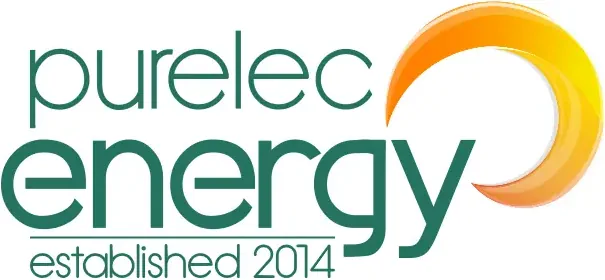
Navigating the paperwork required to install solar panels can often feel overwhelming. In this article we’re going to look at EREC G98 vs G99, and which one you will need for your solar panel installation.
With its maze of technical jargon, procedures, and regulatory guidelines, the process of installing solar panels for your home or business can seem daunting, but it needn’t be. We’ve put together this guide to help those making the transition to renewable energy understand what the EREC G98 and G99 forms are, and what the difference is between them.
If you’re working with Purelec Energy to install your panels, then we have you covered. We take care of the paperwork for every installation at no extra cost so that our customers can focus on what matters to them. However, if you’re working with another provider then read on, as you may be expected to take care of this yourself:
What Are EREC G98 and G99?
EREC G98 and G99 are forms that need to be submitted to the local District Network Operator (DNO) to ensure the safe connection of solar panels and other energy generators to the main electricity network. Whether you’re a homeowner or a business, getting the application process right is crucial for the seamless and safe integration of your solar setup.
It’s also worth noting that, although EREC stands for “Engineering Recommendation”, completing a G98 or G99 application is a necessary requirement for connecting your solar power system to the grid.
G98 vs G99: What’s the Difference?
EREC G98 Is Ideal for Smaller Setups (Most Homes & Small Businesses)
If you are installing solar panels at a single location that produce up to 16A (3.68kW) per phase, whether it’s your home or commercial premises, then you only need to complete a G98 form. In this case the form can be completed after the installation, but must be done within 28 days.
This also applies if you have multiple locations with the same setup and they are more than 500 meters apart from each other.
However, if these installations are very close to each other, for instance, in a business park or adjacent homes, you will need to get approval before installation using G98 Form A, which is the Application for connection of multiple Micro-Generating installations.
EREC G99 Is for Larger Setups (Larger Homes & Commercial Units)

If you are planning a more extensive solar installation that generates anything over 16A (3.68kW) per phase then you need to complete the G99 before installation. This usually applies to commercial solar panel installations, but can be needed for larger residential properties.
A G99 application is a lot more complex than a G98, and as a result can take up to 45 days to be processed.
Where To Get G98 and G99 Forms
You can download both the G98 and G99 forms from the Energy Networks Association website, or contact your local DNO. And don’t forget, if you are a Purelec Energy customer, we will do this for you.
Need Help With Moving To Solar?
Transitioning to solar energy is a journey that more and more people want to take, but it can sometimes be overshadowed by the intricacies of the necessary paperwork. Whether you’re equipping a residential space or a commercial unit, knowing the difference between EREC G98 and G99 is essential to ensure a smooth and compliant setup.
At Purelec Energy we are committed to simplifying this process for our customers. Should you have any questions or uncertainties about these forms or the installation process in general, please don’t hesitate to reach out to us using the form below. Our experienced team is always ready to guide you through every step, ensuring your shift to solar is as bright and efficient as the energy you’ll soon harness.
